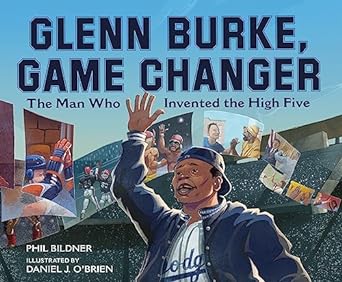2018 School Spending Survey Report
Glenn Burke, Game Changer: The Man Who Invented the High Five
Farrar.
Feb. 2024.
40p.
Tr $18.99. ISBN 9780374391225.
COPY ISBN
VERDICT For all sports/Black history/LGBTQIA+ shelves, this book is a must, but supplement it with historical resources.
RELATED
ALREADY A SUBSCRIBER? LOG IN
We are currently offering this content for free. Sign up now to activate your personal profile, where you can save articles for future viewing





Be the first reader to comment.
Comment Policy:
Comment should not be empty !!!